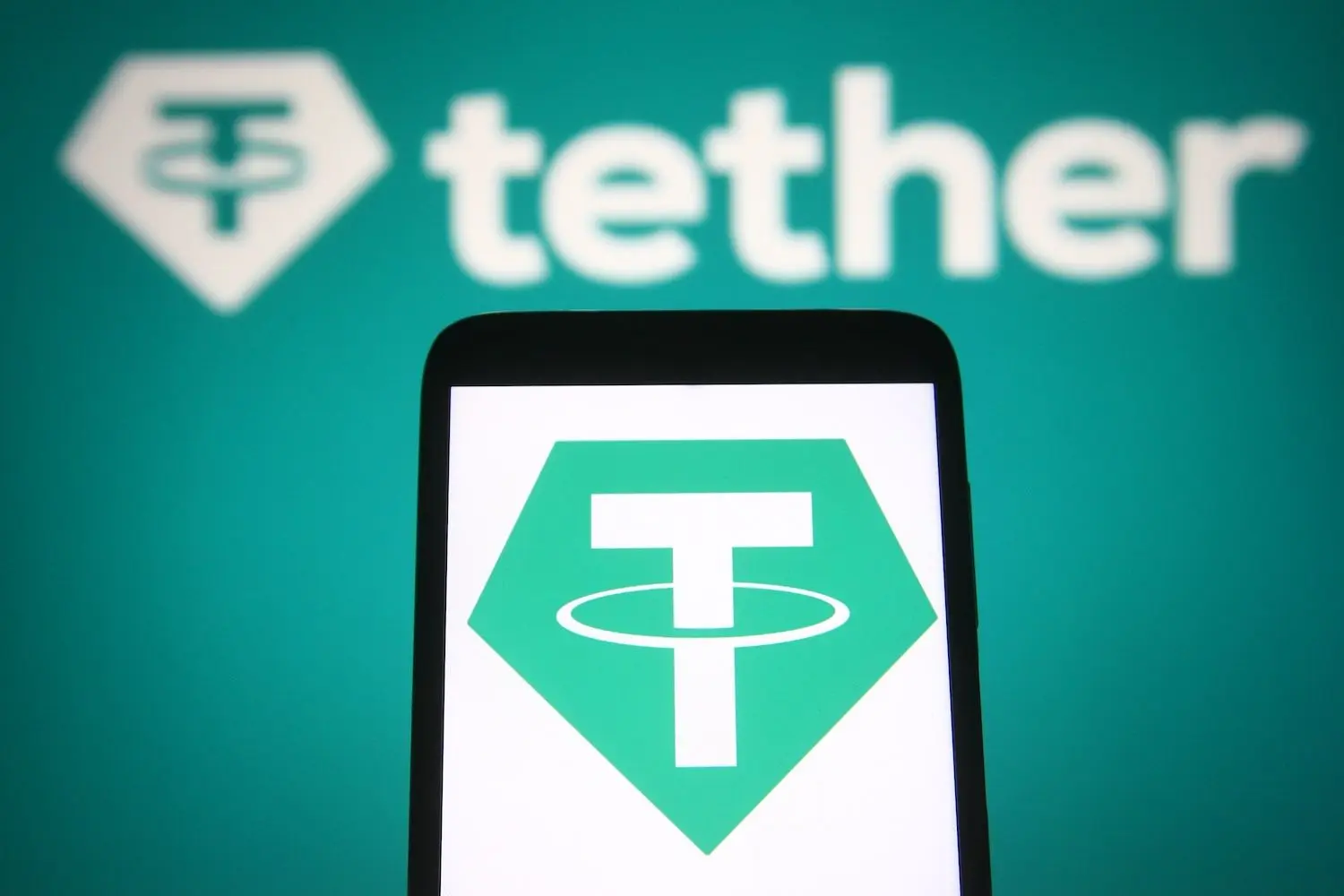Tether, the world's largest digital assets company, has purchased a 70% stake in South American agricultural firm Adecoagro for approximately $600 million as part of a strategic effort to embed its stablecoin into the multi-trillion dollar global commodities trade. The acquisition represents a significant expansion of cryptocurrency companies into traditional physical asset markets, with Tether aiming to revolutionize cross-border payment systems that currently take days to complete transactions.
What to Know:
- Tether acquired 70% of Adecoagro, which produces dairy, rice, sugar and ethanol across Argentina, Uruguay and Brazil
- The company plans to use its USDT stablecoin to reduce commodity payment times from days to seconds
- Tether will utilize renewable energy from the agricultural operations to power bitcoin mining activities
Strategic Integration of Digital Currency Into Physical Markets
New York-listed Adecoagro agreed to the deal in April, selling its majority stake to the crypto powerhouse in a transaction that signals the industry's growing interest in tangible assets. The agricultural company operates across multiple South American countries, producing dairy products in Argentina, rice in Uruguay, and sugar and ethanol in Brazil.
Joe Sticco, chief executive of Cryptex Finance, noted that the crypto industry is increasingly focused on bridging digital finance with tangible assets.
By acquiring income-generating assets like farmland and food processing plants, Tether could strengthen its balance sheet while providing a hedge against inflation. The move represents another example of rapidly expanding cryptocurrency companies diversifying into brick-and-mortar businesses.
Tether's primary business revolves around USDT, a digital currency backed mostly by U.S. Treasuries and designed to track the U.S. dollar. Launched in 2014, USDT has experienced sharp growth in trading volumes as interest in cryptocurrency and token prices has risen. The stablecoin offers a method for making payments outside traditional global financial systems while maintaining stability through its dollar peg.
Transforming Cross-Border Commodity Payments
The company has issued $143 billion in USDT and reported $149 billion in reserves, including $120 billion in U.S. Treasuries, according to its first quarter report. Marcos Viriato, chief executive of South American cryptocurrency technology company Parfin, explained that Tether wants to boost stablecoin usage for cross-border payments, particularly in commodities markets where growth potential appears substantial.
Traditional payment systems create significant delays in international commodity transactions.
"If a company in Brazil sells commodities to someone in Bolivia, the payment through conventional channels could take more than three days," Viriato said. "With USDT it would take seconds." The operation costs would also be considerably lower than conventional payment methods.
Parfin operates a pilot project with Brazil's third-largest bank, Banco Bradesco, where Brazilian commodities exporters sell products to international clients who pay with stablecoins. Bradesco then uses Parfin's infrastructure to convert USDT to local currency, which gets deposited in exporters' accounts. This system demonstrates the practical application of cryptocurrency in traditional commodity trading.
Tether responded to Reuters' inquiry by stating that its "investment approach prioritizes companies that expand our distribution network and enhance the real-world utility of stablecoins, with Adecoagro as a prime example." The company is evaluating how stablecoins could enhance efficiency and liquidity in commodity trading alongside Adecoagro's management and industry experts.
Tokenization Potential and Energy Applications
The crypto company reported financing a physical crude oil deal between a major oil company and commodities trader using USDT settlement, marking the first transaction of its kind. Reuters previously reported that Russia has used cryptocurrencies in oil trade with China and India to circumvent Western sanctions, while Venezuela has sought to use digital currencies for trading purposes.
Gracy Chen, chief executive of crypto exchange Bitget, suggested that Tether could explore commodity tokenization as it enters the agriculture sector. The company already operates a gold token that mirrors gold's value and is backed by gold reserves. Similar tokens for sugar or corn could be used for hedging or as collateral in pre-harvest financing.
"In effect, they are turning farmland, sugar mills and renewable energy plants into programmable financial instruments," Chen said. Tether acknowledged seeing "significant potential in exploring the tokenization of real-world assets, including agricultural commodities," though it stressed having no immediate plans to launch sugar or corn tokens.
Instead, the company will initially use its acquisition for renewable energy applications. Tether plans to tap renewable energy produced by Adecoagro's South American operations, including electricity from sugarcane mills, to power bitcoin mining operations.
Closing Thoughts
Tether's acquisition of Adecoagro represents a strategic pivot toward integrating cryptocurrency into traditional commodity markets while diversifying into physical assets. The deal positions the company to potentially transform cross-border payment systems in the multi-trillion dollar global commodities trade through its established stablecoin infrastructure.

